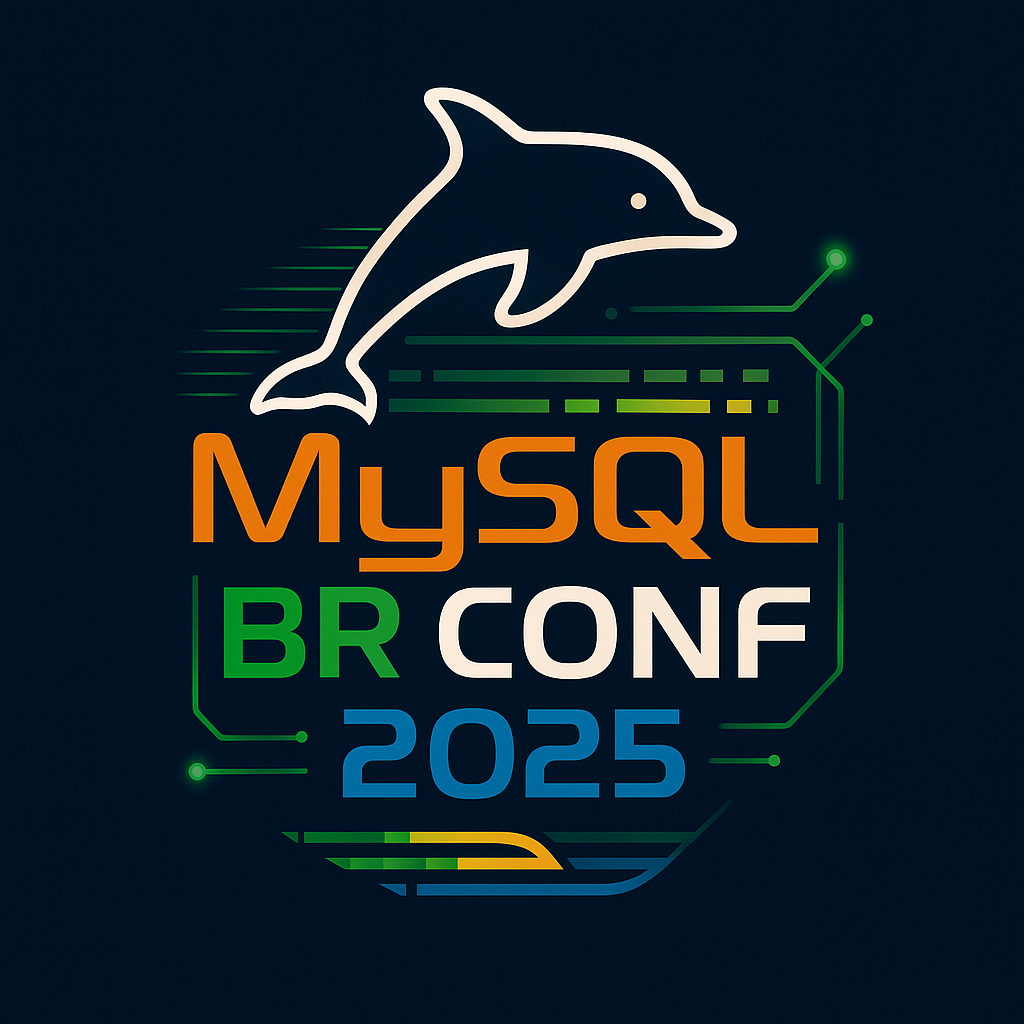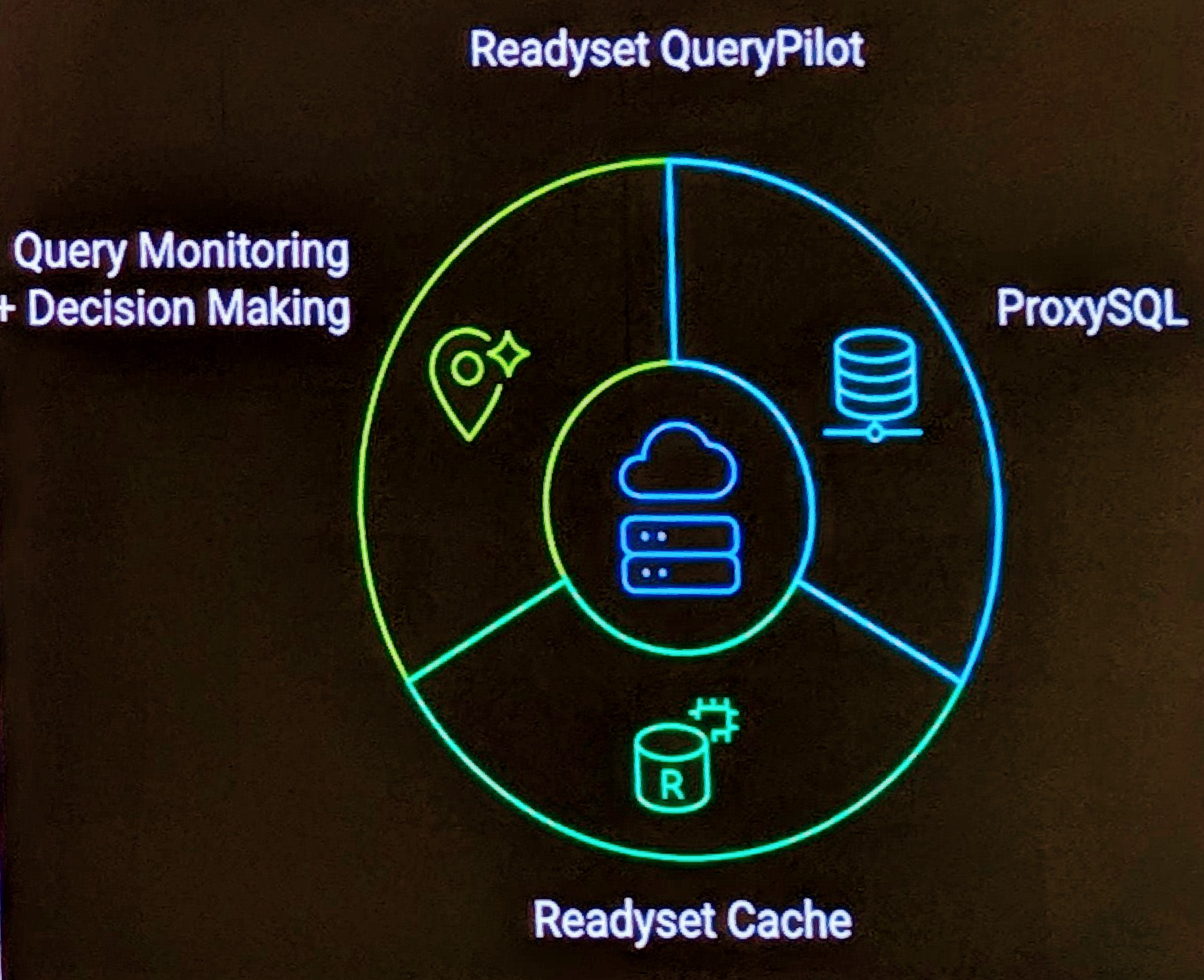Don’t you just hate that, a user at the end of the day, week, or only when you ask them say “I got an error.” Ok, well can you give me some more information. “No” is the normal answer.
I presently manage this in my applications with the following 2 references.
- Any 500 error pages are automatically emailed, so I can see frequency, and hopefully via a stackTrace, a good indication of location.
- For every requested URL, I log the details of date/time, user, sessionId, URI and all Parameters (GET&POST)
Given this, when an error occurs I can usually see what the person was doing via Access Log reporting. The issue is, it’s not reproducible (if it’s a POST), I can’t just retry the command, and with coding practices, I can’t just cut/paste my log output (as that would be a GET, and in the even of a POST, the code would ignore it). In addition, it doesn’t fully show what the user is actually seeing on the screen.
The problem is what I really want to see is the actual screen the user is seeing. In essence, I want to log the HTTP response of every HTTP request and attach this to my logging, therefore, for every URL requested, I can actually see the rendered HTML output. There are some minor limitations, of post processing Javascript for example (an AJAX application would not really work here), and I’d definitely want to catch the response from the application server and not on the client (who knows what additional work a browser might do to your code).
So the delimma, is how can I achieve this currently using Apache Tomcat. I’m assuming a generic option would not present itself independent of application servers.
My search continues.


